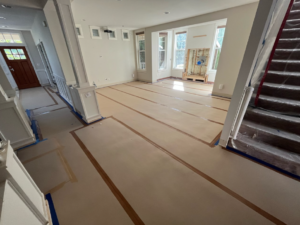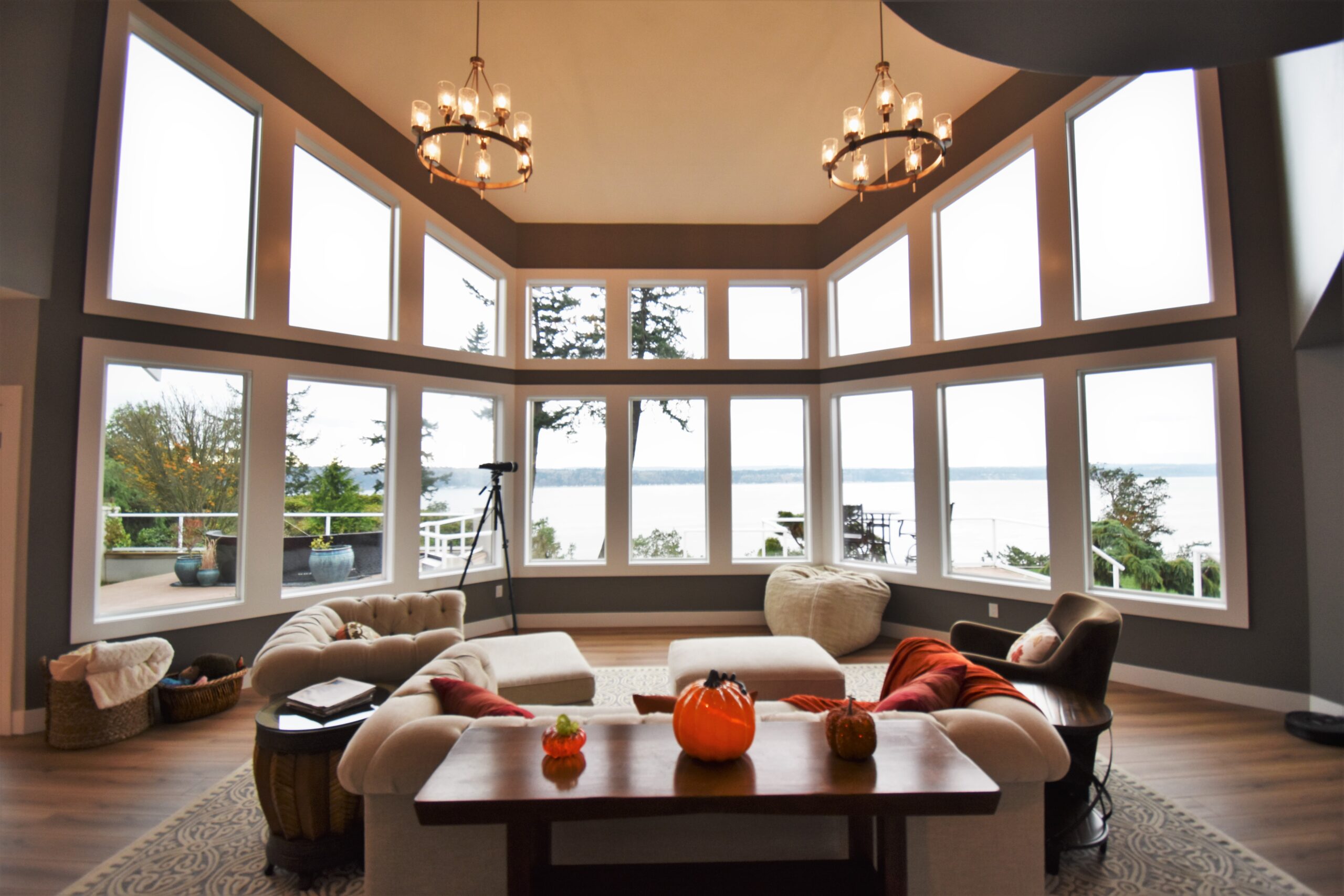Remodel Survival Guide for Homeowners
Going through a major, or even minor, remodel can put a lot of stress on homeowners. Not only are you investing a decent amount of money into your home, but you are also willingly allowing a part of your home to be turned into an active construction site. If you have decided to do a live-in remodel, you will experience construction dust, loud noises, and trades coming in and out of your home, and you won't be able to use the space that is being remodeled until the remodel is complete.
We have compiled a remodel survival guide for homeowners to give you some insight on things you can do in order to keep your mind and home clean and clear during the remodeling process.
Step 1: Research, Plan, and Prepare
Before you begin collecting bids and estimates, make sure you take the time to strongly consider your budget and the top-priority items you can't leave out of the scope of work. We recommend divvying out budget percentages you are willing to spend on certain improvements. For example: Countertops: 10%, Flooring: 15%, Appliances: 20% Cabinet Painting: 30%, Dimmer Switches: 5%, Plumbing: 10%, Backsplash: 5%, Other: 5%.
This way, as the project moves along with the budget, you are more prepared to make choices and adjustments based on your needs. When you decide on a contractor and begin initial planning, share this to-do list and the percentages with them. The design planner and estimator will be able to assist in making the percentages more realistic. A well-planned remodel is important in essence, but what is equally important is mental preparation. A good contractor will help you prepare for what is to come by helping you shift your cost percentages to a more manageable assessment.
Step 2: Make Sure Your Hired Contractor is Licensed, Bonded, and Insured.
Hiring a licensed contractor to take care of your home is absolutely essential to the quality and safety of your remodel. If you find yourself with an unlicensed, unprofessional contractor- the integrity of your home or even the safety of your family may be at risk. Homeowners can check the license of a business, and insurance coverage and even see previous employment lawsuits against a company by visiting https://secure.lni.wa.gov/verify/.
Step 3: Make Sure to Account for Permitting
If your project requires any structural adjustments or needs to be permitted with the jurisdiction in which you live, make sure your contractor, architect or engineers are aware of the codes and requirements in your area. Many contractors will pull permits for you with an additional project planning cost to compensate for the time spent working with the city to pass the project. This stage of a project can take time depending on the size of the project and the restrictions present in your jurisdiction, and it is important to be flexible and understanding during this process in order to set your project up for the most success.
Step 4: Set Boundaries!
Yes! You should set boundaries with your contractor on work hours, job site cleanliness, tool storage, areas of your home that are 100% off limits, etc. at the end of the day, it is your home and you should feel as comfortable as possible during your remodel. A professional contractor will take note of your preferences (within reason) as well as whether or not you have children, pets, limited parking, and more. It is a team effort to keep you comfortable, and keep the team efficient.
Step 5: Keeping Tabs Throughout your Project
The last step to encourage a smooth remodel is to make sure you establish clear communication with your contractor  throughout your project, you are paying good money for your remodel team to manage the design preparation, and execution of your project; but regardless of how hands-free you are, a remodel project will always be a highly collaborative process between all interested parties. Your contractor will be in close contact with you if anything changes- such as if they discover rot or if there is a material delay. They will likely not reach out to ask if your design plans have changed or if you will not be home on a certain day, so make sure you are communicating these changes to your contractor.
throughout your project, you are paying good money for your remodel team to manage the design preparation, and execution of your project; but regardless of how hands-free you are, a remodel project will always be a highly collaborative process between all interested parties. Your contractor will be in close contact with you if anything changes- such as if they discover rot or if there is a material delay. They will likely not reach out to ask if your design plans have changed or if you will not be home on a certain day, so make sure you are communicating these changes to your contractor.
Step 5: Manage Expectations and Be Patient!
Rome wasn't built in a day and for good reason. Remodels tend to take a long time and there are high possibilities for material delays/setbacks that might put you back two or three days. The best way to cope is to expect the unexpected. Be mentally and financially prepared for surprises, such as discovering mold or rot or discovering that the tile you wanted has been discontinued. It is absolutely essential to expect changes and be prepared to overcome them with creative solutions.

